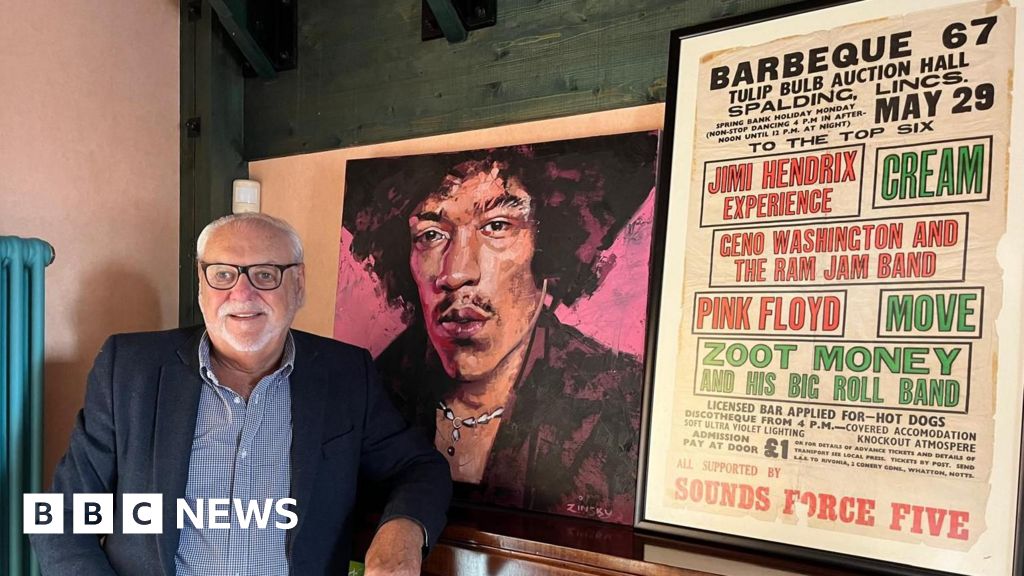Reflecting on a Golden Era: Graydon Carter's Memoir of Magazine Publishing

If you had the incredible opportunity — and a stroke of good fortune — to work in magazine publishing during the vibrant 1980s or ’90s in New York City, it’s likely that you are still reminiscing about those unforgettable days.
My own journey in journalism began at the prestigious Condé Nast right after I graduated from college in 1992. Back then, even those of us at the bottom of the editorial ladder, such as lowly editorial assistants, had the privilege of taking town cars home after a long day at the office. The workday often began leisurely; most people showed up around 10 a.m., and if you were lucky, you might have clocked only six hours of work by the time you left, especially with long lunches being the norm. Often, you would leave with a bounty of free makeup and fashionable garments on “loan” from the fashion department, ready to step into a waiting line of black Lincoln town cars parked outside our headquarters on Madison Avenue.
As you hopped into one of those luxurious vehicles, you could find yourself headed straight to a sumptuous five-course tasting dinner at a trendy new Spanish restaurant, an exclusive film screening, or, in my case, to the airport for a first-class flight on Aer Lingus, bound for an extravagant five-day tour of Ireland’s renowned distilleries. Naturally, it was all justified as crucial research for my 400-word article on the latest whiskey trends.
This nostalgia for an era of abundance is captured poignantly in Graydon Carter’s new memoir, “When the Going Was Good.” Carter, a former Vanity Fair editor, reflects on his adventures during what many consider to be the last golden age of magazines. The allure of this topic resonates deeply with anyone who has spent time in publishing, which likely explains why books chronicling these glory years continue to emerge.
While the memoir covers familiar territory that has been recounted in various New York magazine pieces over the past two decades, I found myself engrossed in Carter’s recounting of his early life. I eagerly read through details of his somewhat starchy upbringing in Canada to reach the engaging anecdotes about the period when iconic publications like Time and Newsweek, both of which I had the pleasure of working for, boasted their own buildings prominently labeled with their names. During those times, one could expect “staff in uniforms” to arrive with dinner—and wine—on tea trolleys, catering to the needs of writers in their offices, as Carter accurately reflects.
Carter fondly reminisces about the “magical realism” of his tenure at Time, where he and other notable editors, such as Walter Isaacson and Jim Kelly, launched their careers in the 1970s. At Time, there was a solution for every need imaginable: nurses, doctors, psychiatrists, and even the ability to make long-distance calls at no cost. Bureau chiefs stationed overseas lived not just comfortably, but akin to U.S. ambassadors.
Growing up in Canada, Carter reveals that magazines such as Life, Look, Esquire, The New Yorker, New Times, and Time played a pivotal role in informing him about the city, its industries, and the people integral to its narrative. Many readers across the globe shared similar experiences; glossy magazines became a window into the opulence, joy, and allure of American culture, spanning various genres from women’s lifestyle publications to news magazines.
Interestingly, in those days, news magazines almost resembled branches of the state department, frequented by sharp, somewhat posh young men—except for the fact-checkers, who were predominantly women. These young professionals could have easily graced the pages of David Halberstam’s acclaimed book, “The Best and the Brightest,” which chronicles the brilliant yet flawed “whiz kids” of the Kennedy era, had they graduated just a little earlier.
Carter, presenting himself as a beta-male who serendipitously descended into this dazzling world from Ottawa, had a unique perspective. However, anyone who has navigated the competitive landscape of a major American glossy publication knows that achieving a prominent position in such environments requires not just talent but also a fair share of ambition and resilience. As the co-founder of the satirical magazine Spy in the 1980s and editor of Vanity Fair from 1992 to 2017, Carter undoubtedly held a significant position within this realm for an extended period.
At Spy, he collaborated with Kurt Andersen to craft a brand that was both clever and irreverent, poking fun at elites while simultaneously catering to them. The magazine’s distinct graphic style continues to influence publications today. His stewardship of Vanity Fair melded the acerbic insights of essayists like Christopher Hitchens with award-winning features from writers such as Sebastian Junger, Bryan Burrough, and James B. Stewart, whose works often transitioned into best-selling books and blockbuster movies.
The photographers who lent their talents to these magazines were among the best in the world, and they were compensated accordingly. Carter recounts one instance during a contract negotiation with the renowned Annie Leibovitz, where a $250,000 discrepancy arose between her agent and the magazine. Ultimately, Si Newhouse, the owner of Condé Nast, advised Carter to simply concede. “Oh, give it to her. We don’t want to nickel-and-dime them,” he quipped.
However, as with all things, the brilliance of this era began to dim. Magazines became thinner, and so did Carter’s patience. The book contains more than a few ruminations on the shortcomings of fellow editors and a bit too much self-congratulation regarding his own staffing choices and good-natured disposition. “I… had to make the culture less poisonous,” he notes while reflecting on his efforts to reshape Vanity Fair after Tina Brown’s impactful tenure, which many believe was a pivotal moment for the magazine’s success. “You could feel the venom in the corridors,” he adds.
Though I never had the opportunity to work at Vanity Fair, I cannot personally attest to Carter’s narrative of transformation. Yet, upon completing “When the Going Was Good,” I was left with the impression that this may be the final chapter in the saga of the “glory days of New York publishing.” The tales have been recounted, the town cars have returned home, and even Carter has transitioned to the digital age with his online publication, Air Mail. As with all things, technology inevitably catches up with us. But I still cherish those snakeskin Blahniks I procured from the fashion closet.
“When the Going Was Good: An Editor’s Adventures During the Last Golden Age of Magazines” by Graydon Carter, published by Grove Press at £20 / Penguin Press at $32, spans 432 pages.
Rana Foroohar serves as the global business columnist for the Financial Times. Join our online book group on Facebook at FT Books Café and follow FT Weekend on Instagram and X.



























